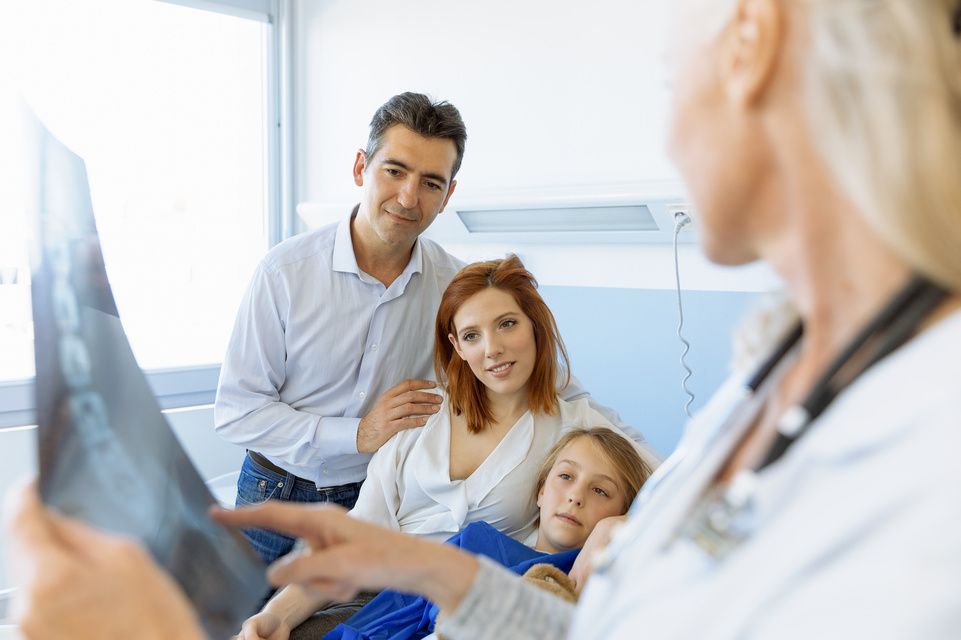Armeo Therapy at Shriners Children’s provides patients with lost or restricted motor function in their upper extremities an opportunity to use a unique rehabilitation tool that embraces the whole arm, from shoulder to hand, during therapy.
Assistive devices like these complement your child’s existing treatment plan while also providing additional support to the entire Shriners Children’s care team. The guiding arm of the Armeo®Spring enables our clinicians to easily evaluate changes in motor function as therapy progresses, and that feedback is used to formulate “next steps” in your child’s medical journey with us.
The ergonomic and adjustable interface of the Armeo®Spring counterbalances the weight of your child’s arm, encouraging them to achieve a higher number of repetitions than seen in the conventional arm and hand therapy setting. 3D game-like environments engage children by putting them in the driver’s seat of their very own avatar. Depending on the need of your child, therapists are able to easily adapt a diverse list of exercises to focus on improving motor function or cognitive abilities. Children receives rewards for their performance, which provides extra motivation during training and makes this type of occupational therapy quite fun.
Compassionate care coupled with innovative technology like the Armeo®Spring is what makes Shriners Children’s stand apart as a trusted provider for all pediatric orthopedic conditions.
Specific treatments and services may vary by location. Please contact a specific location for more information.
What Conditions Can You Treat Using Armeo Therapy?
The purpose of the Armeo®Spring is to support functional therapy for patients (at least four years old) with orthopedic and neurological diagnoses that may be related to sports injury or developmental conditions. This includes, but is it not limited to:
- Neurological and muscular disorders, such as cerebral palsy
- Spinal cord injuries or disorders affecting spasticity, such as multiple sclerosis (MS)
- Bone-related disorders, such as Osteogenesis Imperfecta
I think the Armeo®Spring is amazing! It helps Bentley control his weaker arm and improve his fine motor skills. He loves playing the games it offers, all while strengthening his arm.

Occupational Therapy
Conditions We Support
View All Related Conditions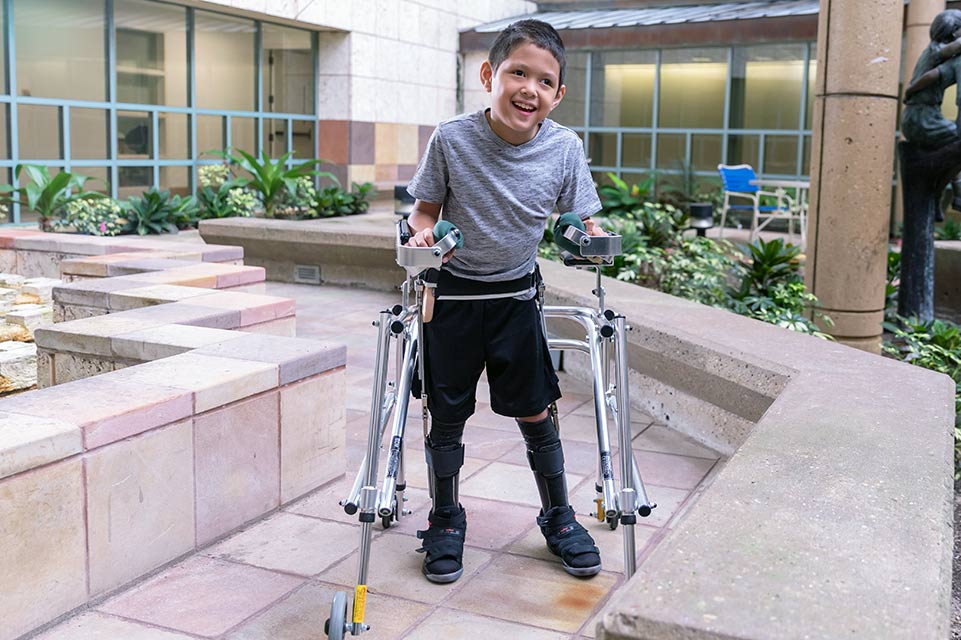
Spinal Cord Injury
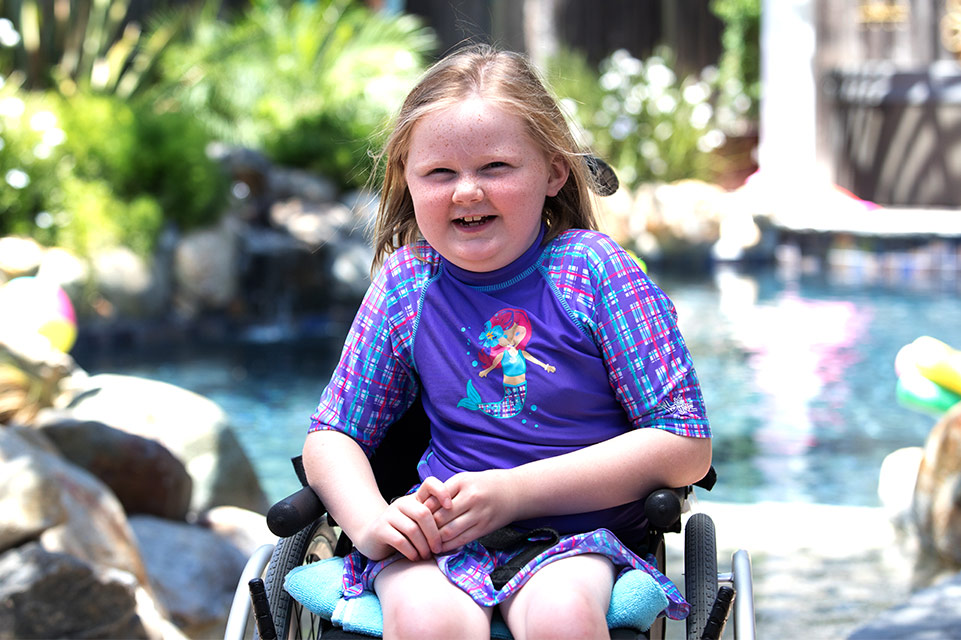
Spinal Instability
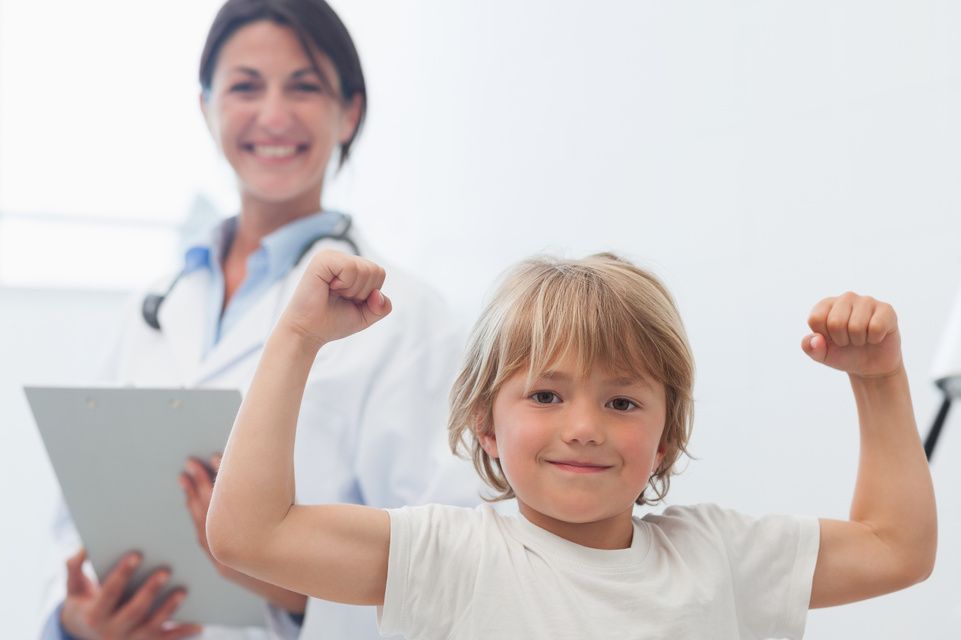
Spinal Deformity
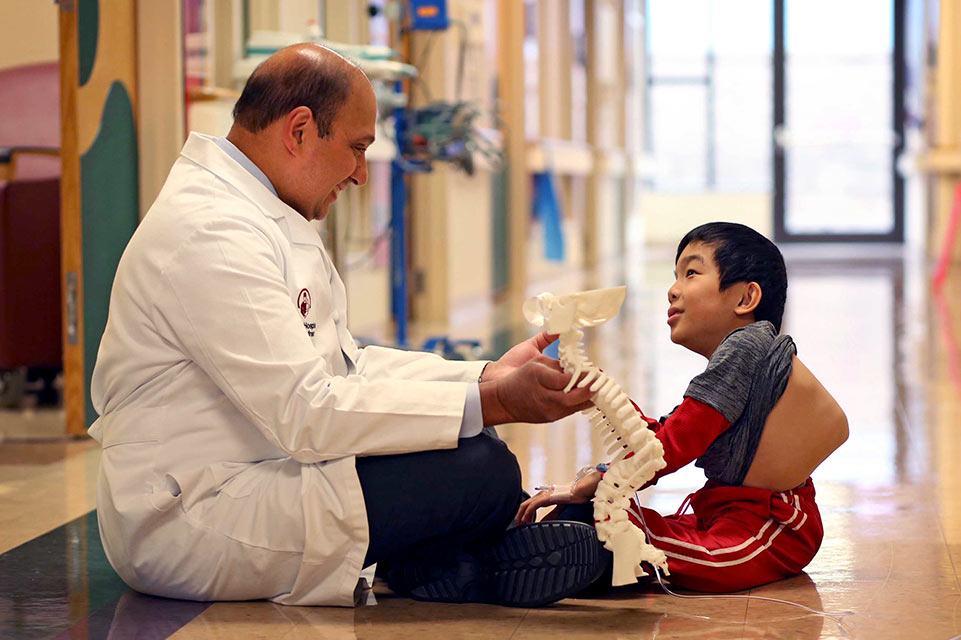
Spinal Muscular Atrophy
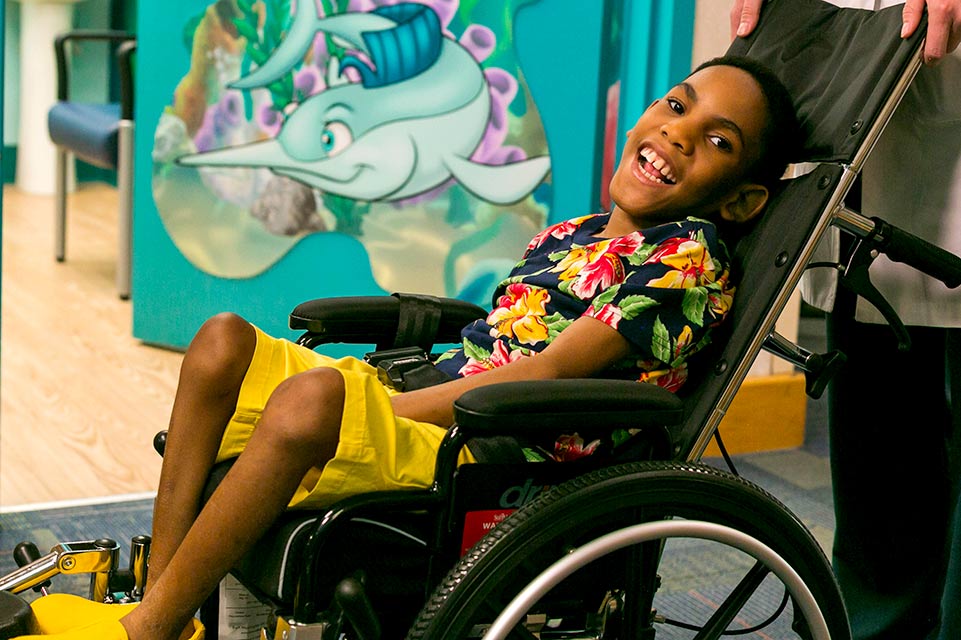
Hand Anomalies
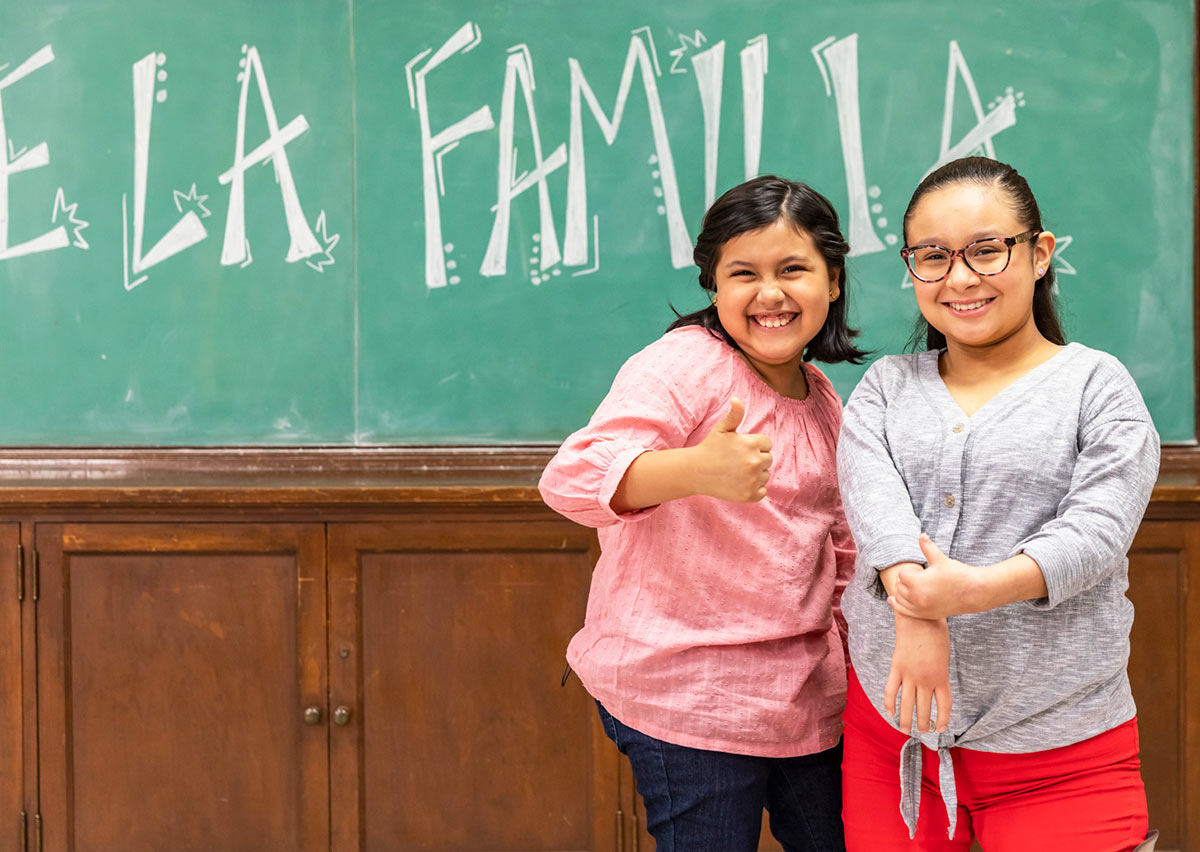
Elbow Injuries
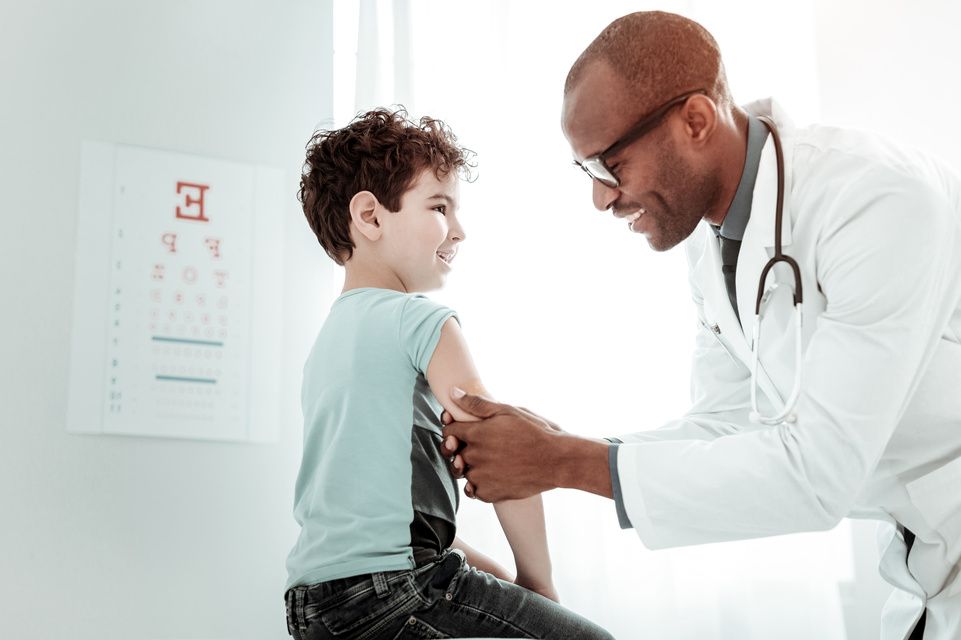
Congenital Radial Head Dislocation
